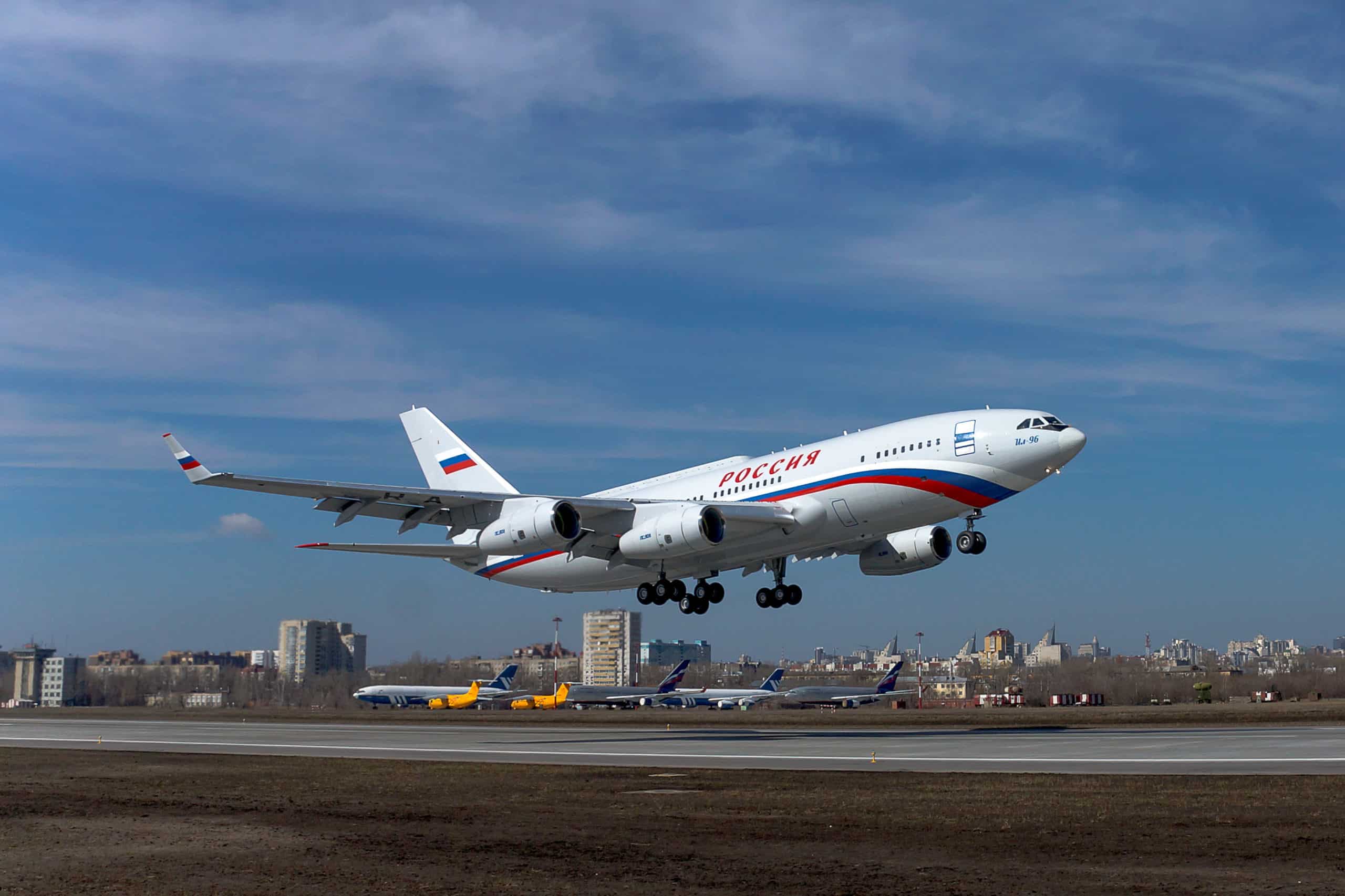Aerospace
Russia prohibits its pilots from working for foreign airlines.

Russia Is Blocking Its Pilots From Flying For Foreign Airlines.
As per source When a foreign airline offers a pilot a job and calls to confirm credentials, Russia frequently declines to verify a Russian pilot’s credentials. Russian authorities are employing a simple but highly effective tactic to prevent underemployed or unemployed Russian pilots from working for foreign airlines. The Federal Air Transportation Agency (Rosaviatsia) refuses to confirm details about a pilot’s licensing and work history, citing privacy concerns. As a result, Russian pilots attempting to fly for foreign airlines frequently find themselves out of luck and out of work.
A no-verification hiring policy for foreign airlines
The Russian newspaper Kommersant says that because of this tactic, hundreds of laid-off or forcibly retired pilots have been unable to find employment abroad. Rosaviatsia willingly validated a pilot’s credentials up until around six years ago, as is the custom around the world. According to the head of the Russian flight crew union, Rosaviatsia received about 600 requests for verification from international airlines between February and June, but the agency only provided confirmation about 100 of such occasions. The majority of applications have come from airlines with bases in Malaysia, Thailand, Cambodia, Vietnam, and Turkey.
It is not a new practice. According to the newspaper, it was created in 2016. However, the issue has received more attention as a result of sanctions that ban Russian airlines from flying to several nations and a global pilot shortage. There are many skilled pilots without jobs in Russia due to recent layoffs and the mandated retirement age of 65. The majority of pilots are fairly nomadic, travelling to where the work is. A big percentage of foreign pilots working for an airline is not unusual.
Russia wants to stop the exodus of talented pilots
A Kremlin directive to maintain the number of passengers travelling within Russia at roughly 100 million per year is the reason Rosaviatsia is currently reluctant to verify a pilot’s credentials. Longer term, Russia’s 2030 Aviation Strategy, another Kremlin pet project, aims to turn Russia’s aviation industry off its reliance on other nations, effectively transforming Russia into a domestic aviation powerhouse.
Source : Simply Flying

Aerospace
Boeing Transfers Rocket Stage to NASA, Paving Way for Human Moon Mission

Boeing has achieved a significant milestone by providing NASA with the second core stage of the Space Launch System (SLS) rocket.
This crucial component, crafted at NASA’s Michoud Assembly Facility (MAF), is set to propel the Artemis II crew into lunar orbit, marking humanity’s return to deep space after a 50-year hiatus.
The monumental Boeing-built rocket stage, the largest element of the Artemis II mission, will embark on a journey aboard the Pegasus barge, traveling 900 miles to NASA’s Kennedy Space Center.
Comparison of two legendary aircraft B777x vs B747 aircraft:Click here
Upon arrival, it will be meticulously integrated with other essential Artemis II components, including the upper stage, solid rocket boosters, and NASA’s Orion spacecraft within the iconic Vehicle Assembly Building. This intricate integration process is a vital step toward the eagerly anticipated Artemis II launch, slated for 2025.
“Boeing-built products helped land humankind on the moon in 1969, and we’re proud to continue that legacy through the Artemis generation,” remarked Dave Dutcher, vice president and program manager for Boeing’s SLS program. “Together, with NASA and our industry partners and suppliers, we are building the world’s most capable rocket and paving the way to deep space through America’s rocket factory in New Orleans.”
NASA, Lockheed Martin Reveal X-59 Quiet Supersonic Aircraft:Click here
The delivery of Core Stage 2 marks a significant achievement in the evolution of the SLS rocket. Towering over 200 feet and powered by four RS-25 engines, this core stage, coupled with two solid-fueled booster rockets, will generate a staggering 8.8 million pounds of thrust. This immense power is crucial to launching Artemis II and future missions into the vast expanse of space.
The SLS rocket stands unparalleled in its capability to transport both crew and substantial cargo to the moon and beyond in a single launch. Its extraordinary capacity will facilitate the delivery of human-rated spacecraft, habitats, and scientific missions to destinations including the moon and Mars, ushering in a new era of space exploration.
-

 Travel1 week ago
Travel1 week agoAir India to Expand US Operations with Three New Routes After a Decade
-

 Travel2 weeks ago
Travel2 weeks agoWhy We Should Avoid These Stamps in a Passport
-

 Airlines1 month ago
Airlines1 month agoInvestigations Reveal Fake Chinese Titanium in Boeing and Airbus Jets
-

 Tech4 weeks ago
Tech4 weeks agoChina’s CATL Plans 1,800-Mile Electric Plane Launch by 2027
-

 Airport3 days ago
Airport3 days agoTop 10 Largest Airports in the World by Size
-

 Aerospace4 weeks ago
Aerospace4 weeks agoChina’s Fighter Jets Turn Wings into Autonomous Drones
-

 Airlines4 days ago
Airlines4 days agoAir India Rolls Out A350s for Delhi-New York JFK and Newark Routes
-

 Defence3 weeks ago
Defence3 weeks agoBoeing Enhances Chinook with New Engines and Block II Upgrades at $96 Million







